

Materials
You will need six 6-foot pieces of 2×6 lumber. I would suggest pressure treated lumber. I chose the dimensions for these beds to make them as big as they could be and still be able to comfortably reach into the middle of the bed. These dimensions will also minimize waste (since we’ll be using 6′ lumber).
Tools
This project requires a compound miter saw, a tool on my list of recommended homestead accessories. Mine has gotten a lot of use over the years for everything from gardening projects to building furniture.

The angle at the corners of a hexagon are 60º. Therefore, you will need to set your saw to 30º (90º-60º=30º).

With the saw set, you just need to cut 12 sections, each 2’6″ long, with that 30º angle at each end. Secure the pieces together with screws at the corners.

Although I did not do this I would recommend reinforcing the bed by screwing a 2×4 in the center as above.

If you have a table saw (which I did not have when I built my beds) you could reinforce the corners with another 2×4 ripped at an angle. My beds did fine without this step. You could also make these beds taller if you need to by adding more courses of lumber. And if you’re the welding type, these beds would be very handsome (though expensive) if done in metal.
Pros and Cons
While I was pleased with aesthetics of my hexagonal beds they no longer grace our backyard. The area in which they resided became too shady to grow vegetables in and also became the strip mine that supplied the clay for our adobe oven. Our landscaper has proposed making this part of our yard a rain garden. More on that project later in the year.
One disadvantage of beds with this odd shape is that they are harder to critter-proof. I don’t consider this a deal killer, but it’s something to think about if you have the hoards of marauding mammals that nightly assault our backyard even in this very urban part of Los Angeles. You can see in the first picture that I ended up creating a sort of bamboo teepee to provide support for beans and tomatoes and on which to attach bird netting (which the marauding mammals easily breeched).
I’ve posted about the pros and cons of raised beds in the past. Unless you have a compelling reason to build raised beds I think it’s always better to grow in the ground. That said, these hexagonal beds look really nice and I would make them again if I lived somewhere with less mammalian interference.
Support Root Simple
Veganomicon, 10th Anniversary Edition: The Ultimate Vegan Cookbook. Vegan powerhouses Isa Chandra Moskowitz and Terry Romero update their beloved cookbook with 25 new dishes, revisions throughout for more than 250 recipes, stunning color photos, and tips for making your kitchen a vegan paradise.

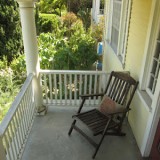
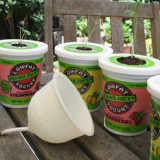
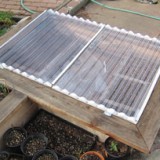
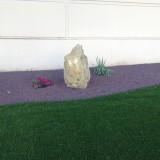

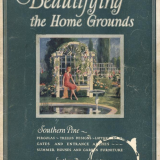
These look beautiful! I actually really like the “teepee” detail :).
My husband and I built raised beds in our backyard last year and we are still struggling with our soil balance because the dirt we had trucked over to fill them was not quite healthy/moist enough to produce a great crop. Fingers crossed our composting and addition of many bunny poops (thanks bunny pets!) will combat those issues for our upcoming season!
—
http://www.areweadultsyet.com
Good luck with the raised beds. What soil to put in them is another conundrum. They definitely need more water too.
We have 10 acres, but we still use raised beds because this area is filled with springs, one of which supplies the water to our home, plus the water table is pretty close to the surface. Our raised beds are on the highest non-wooded part of the property and they are still very wet in the spring. Growing in the ground would delay planting even more and we have a short growing season already here in Vermont.
My mom, gardening near Phoenix, uses sunken beds with brick edging (so that the garden soil level is one brick height below the paths between). This lets her flood the beds and keeps the roots cooler. Obviously that wouldn’t solve your contamination issues, but I’m surprised that I’ve never seen it done like that around LA. I blame brainwashing from east coast garden photos.